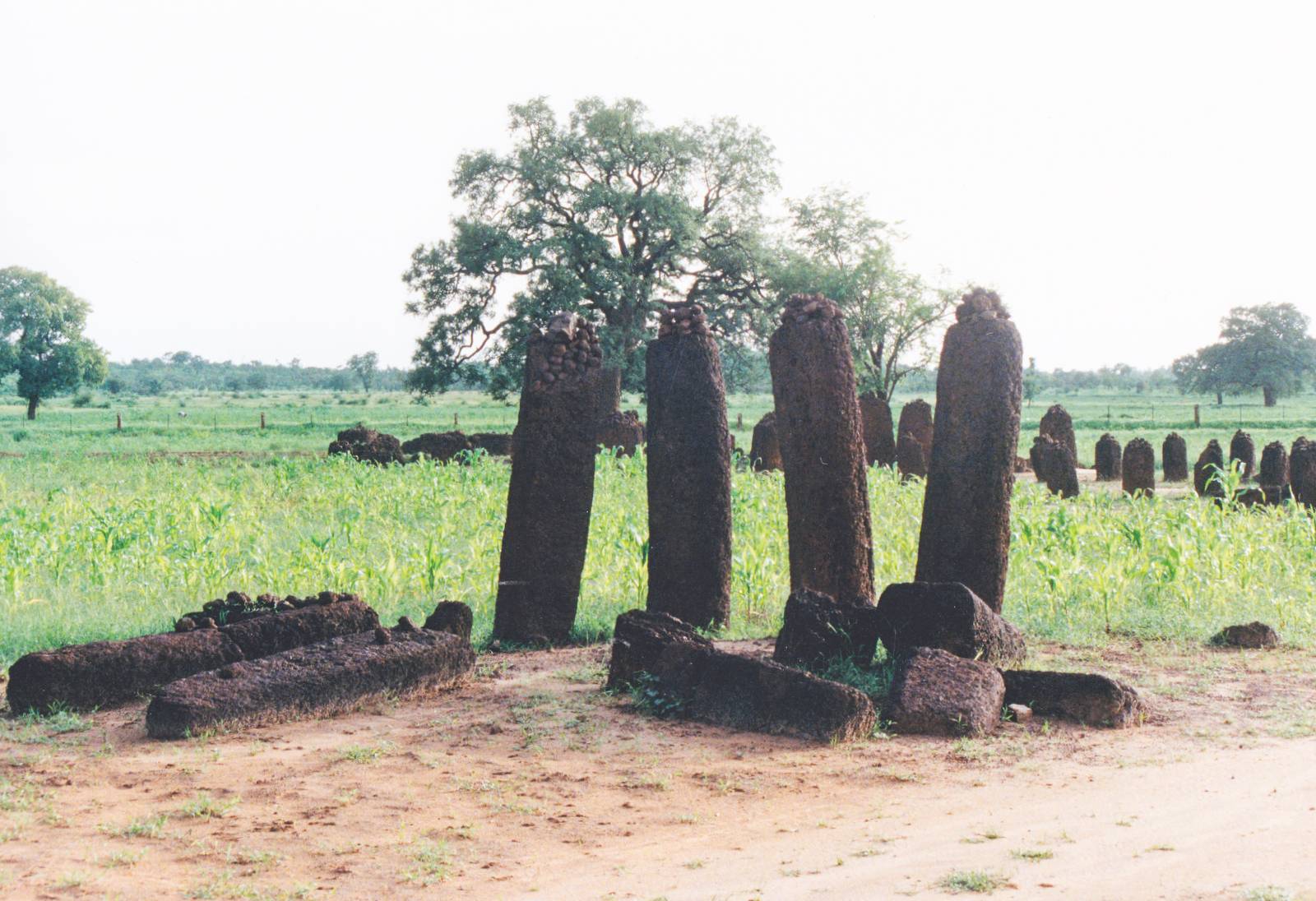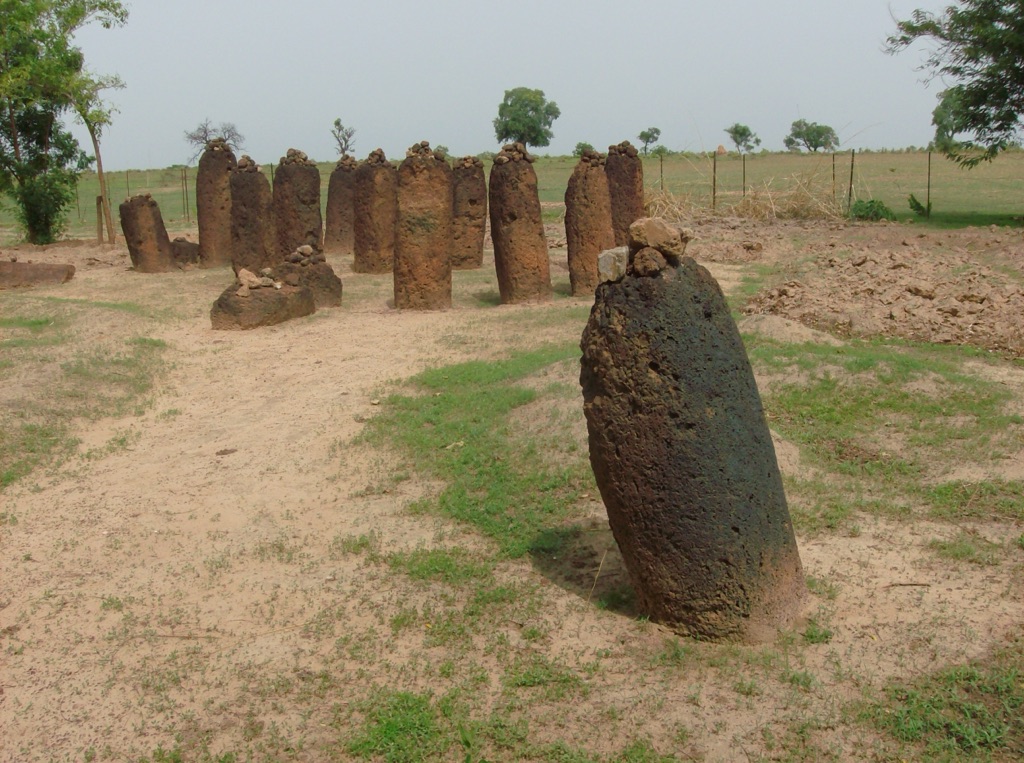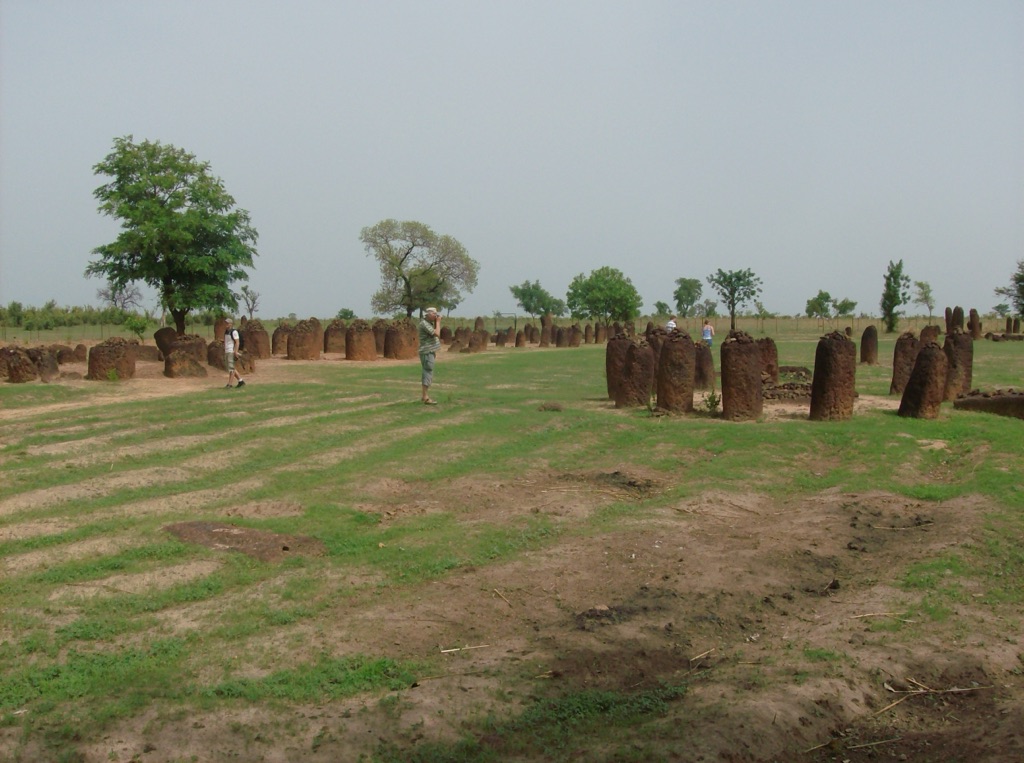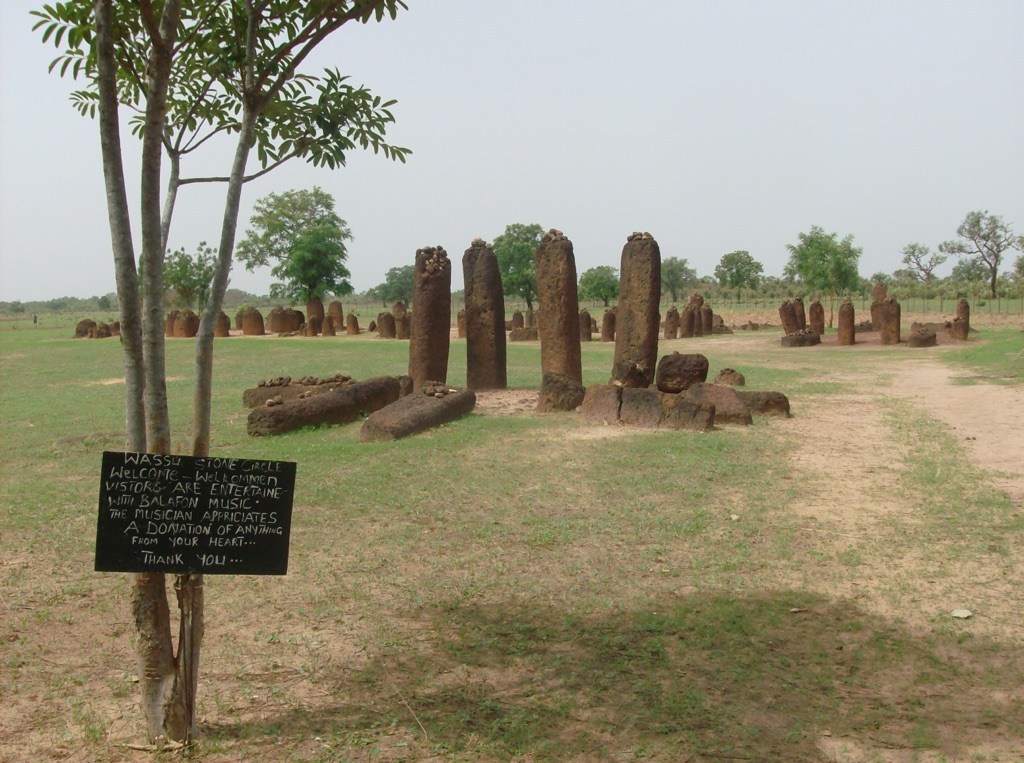The Stone Circles of Senegambia are remarkable megalithic structures found in the Gambia and central Senegal. These circles are known for their historical significance and mysterious origins. They consist of thousands of stones arranged in concentric circles, some of which weigh several tons. The Stone Circles of Senegambia are believed to have been constructed between the 3rd century BC and the 16th century AD, serving as burial sites. In 2006, UNESCO recognized these sites as World Heritage Sites, acknowledging their cultural and historical importance.
Get your dose of History via Email
Historical Background of The Stone Circles of Senegambia
The Stone Circles of Senegambia were first brought to international attention in the 20th century. Archaeologists and historians have since been piecing together their history. The circles were constructed by the ancestors of the Serer people. These structures are thought to be burial mounds for ancient kings and community leaders.
Colonial explorers and archaeologists discovered the circles in the 1930s. However, local communities have known about them for centuries. The Serer people have long considered the circles as sacred sites. The circles have also been linked to astronomical events, which suggests a deep understanding of the cosmos by their builders.

Excavations and research have revealed that the circles were built over a long period. They were not the work of a single generation. The builders used laterite stones, which are abundant in the region. The stones were shaped and erected with precision, indicating a high level of skill and organization.
While the Stone Circles of Senegambia are not as widely known as Stonehenge, they are equally significant. They offer insights into the societies that flourished in West Africa before the arrival of Europeans. The circles have survived centuries of environmental changes and human activity, standing as a testament to the region’s rich history.
Historically, the circles have not been the scene of major events in the modern era. However, they remain a crucial part of the cultural heritage of the Gambia and Senegal. They continue to be a focus of cultural pride and are an important aspect of the identity of the Serer people and other local communities.
About The Stone Circles of Senegambia
The Stone Circles of Senegambia are a collection of over 1,000 stone circles spread across a wide area. They are found in both the Gambia and Senegal. The stones vary in size, with some reaching up to 2.5 meters in height and weighing several tons.
The stones are made of laterite, a soil and rock type rich in iron and aluminum. This material is common in tropical areas. The builders extracted the stones from local quarries. They then shaped them into cylindrical or polygonal columns before erecting them in their current locations.

The arrangement of the stones is not random. The circles are often found in clusters, with clear geometric patterns. Each circle typically consists of 10 to 24 stones. The diameters of the circles range from four to six meters. Some sites also include frontal stones, which are aligned with the rising sun.
Architecturally, the Stone Circles of Senegambia are an impressive feat. They demonstrate the advanced construction techniques of their builders. The precision with which the stones were placed suggests a sophisticated knowledge of engineering and architecture.
The sites are not only significant for their construction but also for their cultural implications. They are believed to have served as communal burial grounds. The stones are often found with associated artifacts such as pottery, iron tools, and ornaments, which provide further insights into the societies that built them.
Theories and Interpretations
Several theories have been proposed regarding the purpose of the Stone Circles of Senegambia. The most widely accepted theory is that they served as burial sites. This is supported by the discovery of human remains and burial goods at some of the sites.

Another theory suggests that the circles had astronomical significance. Some researchers believe the stones were aligned with celestial bodies. This would indicate a sophisticated understanding of astronomy by the ancient builders.
There are also interpretations that link the stone circles to social and political structures. They may have been used to mark the territories of different clans or families. They could also have served as gathering places for ritual activities.
Dating of the Stone Circles of Senegambia has been carried out using various methods. Radiocarbon dating and thermoluminescence have been used to estimate the age of the sites. These methods suggest that the construction of the circles spanned over a millennium.
Despite extensive research, many aspects of the Stone Circles of Senegambia remain a mystery. The exact beliefs and rituals associated with the circles are not fully understood. The interpretations are based on the archaeological evidence and the oral traditions of the local communities.

At a glance
Country: The Gambia and Senegal
Civilization: Serer people
Age: 3rd century BC to the 16th century AD

